Measuring Mass in the Laboratory
The analytical balance is the common piece of equipment in the scientific laboratory. These highly precise instruments can measure down to ten thousandths or even hundred thousandths of a gram. The triple beam balance is a type of scale that uses counterweights on a three rider beams to counterbalance the sample in the pan. On the other hand, modern analytical balances use a complex system of electronic sensors to accurately mass a substance. The analytical balance is so sensitive that it often has a draft shield to prevent air currents from interfering with the measurement. When weighing, a weigh boat or weigh paper is used to hold the substance being weighed and protect the weighing pan. Before weighing a substance, analytical balances are tarred to subtract the weigh boat or weigh paper and re-zero the scale. Tarring refers to setting the scale back to read zero and allows for a substance to be accurately weighed. Aside from weighing chemical substances, analytical balances are used to animals or insects, and centrifuge tubes in ultracentrifugation experiments.
The analytical balance and scale can be found in most, if not at all, scientific laboratories. These highly precise instruments allow scientists to accurately measure the mass a variety of substances. These balances can come in a variety of different types. The analytical balance is the most commonly used in scientific laboratories.
Early analytical balances were purely mechanical and used balance beams. Not that type of balance beam, silly.
They used mechanical balances, such as
Vai a...
Video da questa raccolta:

Now Playing
Measuring Mass in the Laboratory
General Laboratory Techniques
170.7K Visualizzazioni
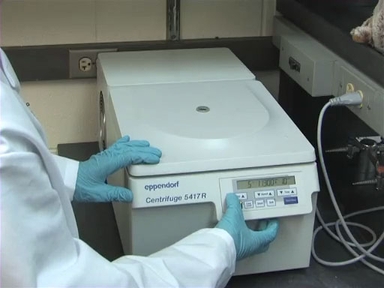
Un'introduzione alla centrifuga
General Laboratory Techniques
486.9K Visualizzazioni
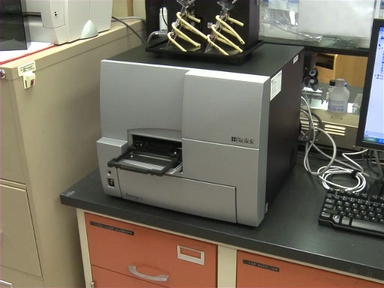
Introduzione al lettore di micropiastre
General Laboratory Techniques
126.2K Visualizzazioni
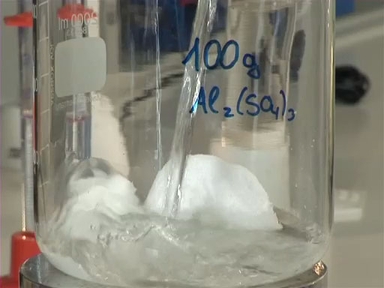
Comprendere la concentrazione e misurare i volumi
General Laboratory Techniques
215.6K Visualizzazioni
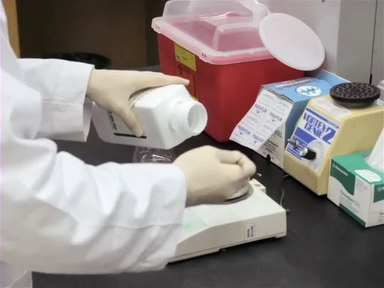
Realizzare soluzioni in laboratorio
General Laboratory Techniques
211.0K Visualizzazioni
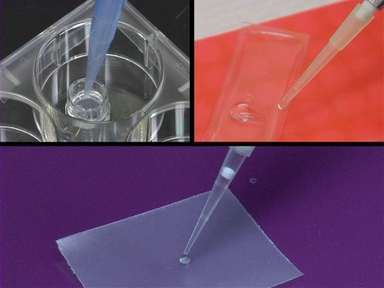
Introduzione al micropipettor
General Laboratory Techniques
581.2K Visualizzazioni
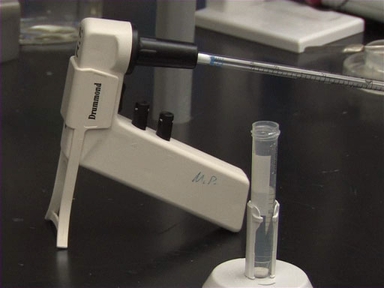
Introduzione alle pipette sierologiche e ai pipettatori
General Laboratory Techniques
218.8K Visualizzazioni
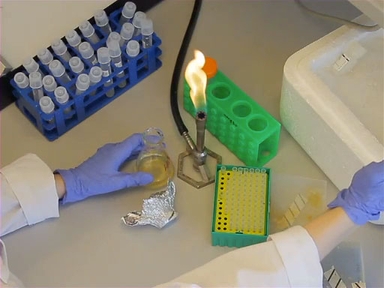
Introduzione al Bunsen Burner
General Laboratory Techniques
205.9K Visualizzazioni
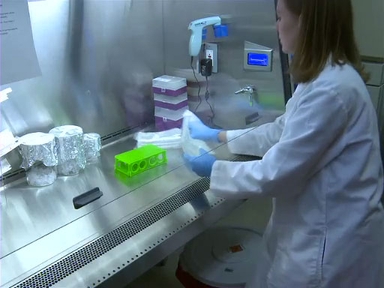
Un'introduzione al lavoro sotto cappa
General Laboratory Techniques
150.8K Visualizzazioni

Introduzione allo spettrofotometro
General Laboratory Techniques
517.2K Visualizzazioni
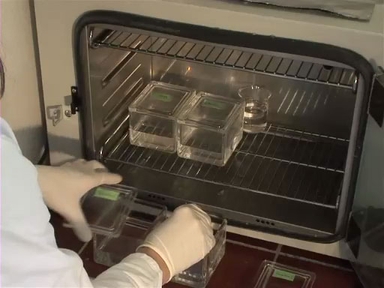
Preparazione del campione istologico per microscopia ottica
General Laboratory Techniques
240.0K Visualizzazioni
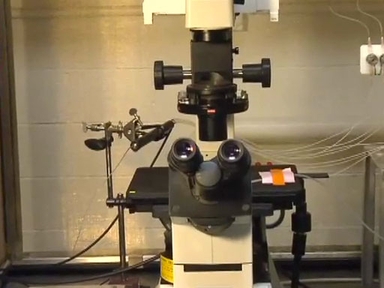
Introduzione alla microscopia a fluorescenza
General Laboratory Techniques
349.6K Visualizzazioni
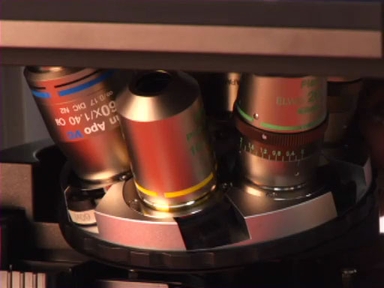
Introduzione alla microscopia ottica
General Laboratory Techniques
814.3K Visualizzazioni

Regolazione della temperatura in laboratorio: conservazione dei campioni utilizzando il freddo
General Laboratory Techniques
65.6K Visualizzazioni
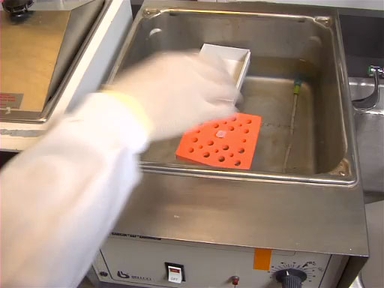
Regolazione della temperatura in laboratorio: applicazione del calore
General Laboratory Techniques
81.2K Visualizzazioni